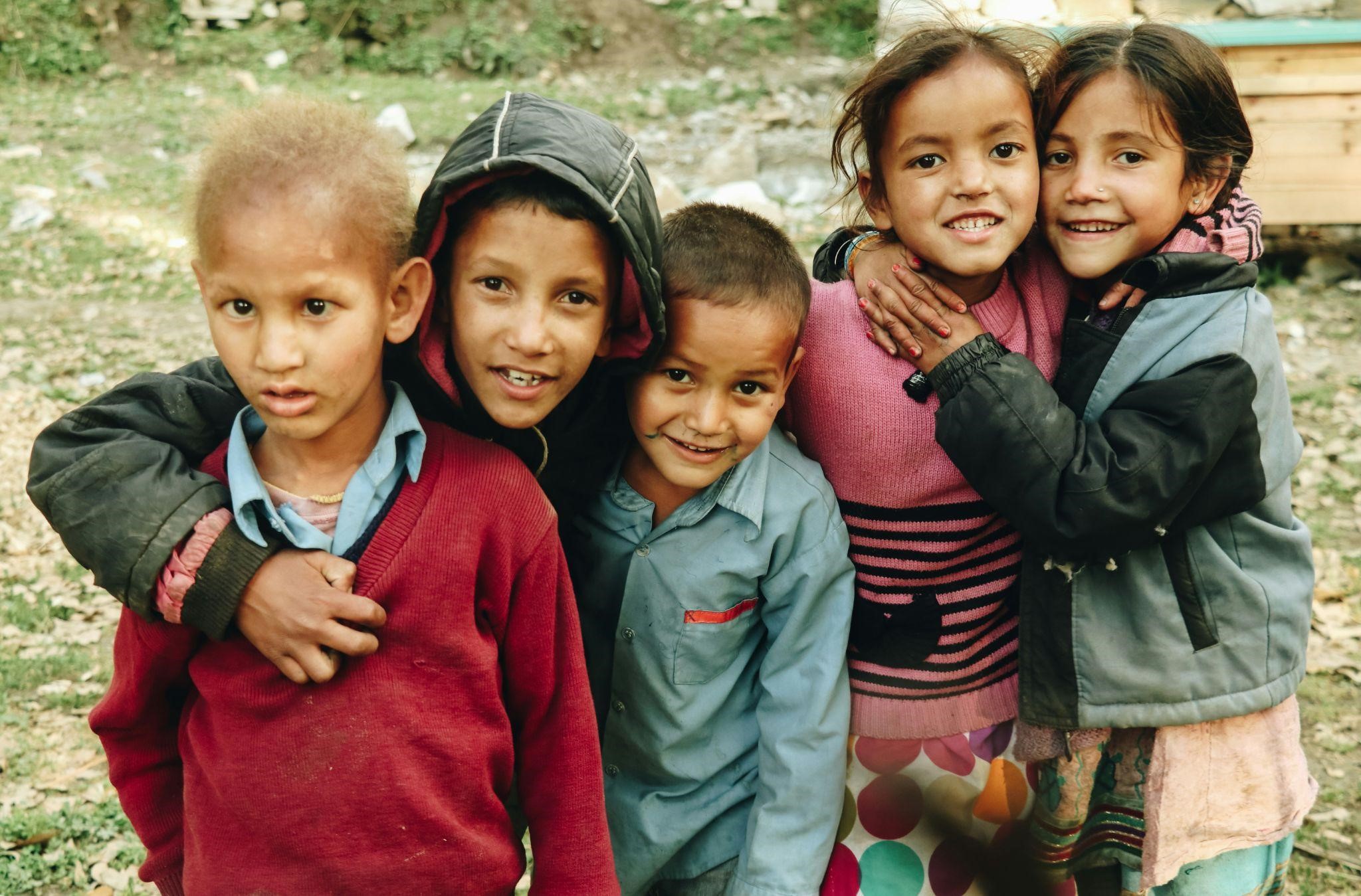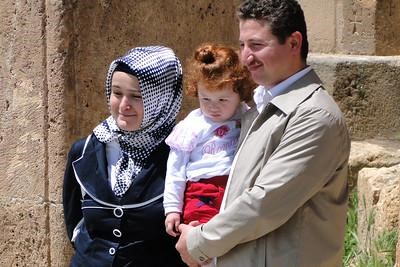Working with Immigrant, Migrant and Refugee Populations
An immigrant is a person who has been granted permission by U.S. Citizenship and Immigration Services (USCIS) to reside permanently in the United States as a Lawful Permanent Resident (LPR). They are eligible to apply for citizenship after five years. In general, immigrants come to the U.S. voluntarily, while refugees are forced to leave their homeland, often with little time for preparation. Some people entering the U.S. are considered undocumented immigrants (those who enter the country without invitation or application; or who enter legally as a visitor, student, or temporary employee, and stay after their visa expires). In addition, some groups are awarded a temporary status (such as “Temporary Protected Status”) by USCIS due to extraordinary and temporary conditions in designated countries that would threaten personal safety. This type of status can be terminated at any time, and it therefore provides an uncertain future to those it covers.
A migrant child is an individual under the age of 18 who moves across international borders or within their own country, either with family or alone, primarily due to economic, social, political, or environmental reasons. This movement often seeks better living conditions, education, safety from conflict, or employment opportunities for the family. Migrant children may face unique challenges, including legal and educational barriers, language differences, and potential risks of exploitation or discrimination. They might be classified differently depending on whether they are accompanied by guardians, unaccompanied, or separated from their primary caregivers. Ensuring their rights and well-being often involves international and national legal protections, as stipulated by conventions such as the UN Convention on the Rights of the Child.
Refugees are a special class of immigrants who have fled their countries of nationality and have been determined unable or unwilling to return to their countries due to a well-founded fear of persecution. Refugees are screened and approved for resettlement to the United States by U.S. Citizenship and Immigration Services (USCIS). Refugee migration may involve a long and difficult journey, long waits in refugee camps or other countries, extreme deprivation, and/or physical and emotional trauma, including torture. Asylees are approved according to similar criteria, but apply for asylum after they arrive in the United States.

It is important to help refugee, migrant, and immigrant children and youth nurture a strong and positive connection to their ethnic heritage, to maintain their home language, and to develop a positive bicultural identity as Americans. This helps to keep families strong and thereby provides the support that children need to succeed in this country.
Refugee, migrant, and immigrant families come to the United States with a wealth of parenting strengths, drawing on culture, tradition, and family experience. They have often sacrificed tremendously to provide their children with an opportunity for safety and success in this new country. At the same time, families that are new to the U.S. have often experienced incredible loss and trauma, including the loss of extended family members, community, and homeland. They must adapt to new traditions and lifestyles that are often at odds with their own beliefs and practices. Refugee and immigrant families overcome cultural, language, and practical barriers to learn about and access the community services that are available to them as having newly arrived to our country.
It is important for early childhood education programs to use family and community centered, strengths-based approaches with refugees and immigrants. This helps to maximize family and community input and build upon cultural assets in order to successfully engage and serve families who have newly arrived in the U.S.
Pause to Reflect!
 .
.
The Demir family, recent immigrants from Turkey, enrolled their young daughter, Aylin, in an early childhood center in New York. Upon her arrival, the center’s staff recognized the importance of honoring Aylin’s linguistic and cultural background to support her transition and learning.
To create an inclusive environment, the center implemented several strategies. First, they engaged a professional translator to ensure that all communication with the Demir family was clear and respectful of their home language. This included translating enrollment forms, newsletters, and classroom materials into Turkish.
The teachers also integrated Turkish cultural elements into the classroom. They included Turkish storybooks in the reading corner and celebrated cultural events such as Turkish Children’s Day, inviting Aylin’s parents to share traditions and stories with the class. This helped Aylin feel valued and connected to her heritage.
Additionally, the center encouraged Aylin to use both Turkish and English in her interactions. Teachers used bilingual labels and incorporated Turkish phrases during daily routines, fostering a bilingual learning environment. Peers were taught basic Turkish greetings and phrases, promoting mutual respect and curiosity among the children.
These efforts resulted in Aylin’s increased confidence and active participation in class activities. The Demir family felt welcomed and respected.
- How does honoring a child’s home language and cultural background positively impact their overall social-emotional development and sense of belonging in an early childhood center?
- Based on the experience of the Demir family, how can similar strategies be adapted or modified to support the linguistic diversity of children from other immigrant communities in early childhood education settings?
- Imagine you are a teacher in an early childhood center where a new child from a different cultural and linguistic background has enrolled. What specific steps would you take to ensure that both the child and their family feel valued and included, while also fostering a supportive learning environment for all children in your classroom?
Some cultural considerations that you should remember as you help families navigate an unfamiliar system of early childhood education:
- Families with limited English skills are likely to have difficulty gathering information about the varied early care and education options and may rely on word of mouth or recommendations from others within their ethnic or religious community.
- Hiring staff from the same culture and language as families and providing opportunities for families from the same cultural or linguistic backgrounds to connect may encourage family engagement and mutual support. However, it is important to identify any areas of discrimination or political conflict that program staff or families from the same region may have experienced.
- Do not assume that staff and families that originate from the country will be free of conflict with each other. Be aware that class, race, or ethnic conflicts may exist, even though they now live in the United States.
Pause to Reflect!
[First image looks copyrighted – do you have attribution? or other image?]
Mariela is a 41-year-old migrant worker who immigrated to the United States from Oaxaca, Mexico, looking for work and a better life for her family. She now works on a strawberry farm in Florida. Her 4-year-old daughter, Alicia, and 2-year-old son, Mariano, are enrolled in a local Spanish/English Head Start program.
Mariela’s first language is Mixtec, an Indigenous Oaxacan language. Spanish is her second language. Mariela struggles with the idea of teaching Mixtec to her children. Mariela says she wants to spare her children the discrimination she felt when she arrived in this country. At home, she only speaks Mixtec with her husband and adult family members. After listening to her concerns, Alicia’s teacher suggests that Mariela speak with her children in Mixtec. She encourages Mariela to sing songs and rhymes and ask open-ended questions in Mixtec, Spanish, and English
- How does Mariela’s concern about discrimination reflect broader societal attitudes towards Indigenous languages and cultures?
- What role can schools and educators play in addressing and mitigating discrimination against students who speak Indigenous languages?
- How can the Head Start program support Mariela in her efforts to teach Mixtec to her children?
- What strategies can be implemented by the school to foster a collaborative environment that respects and promotes the use of home languages?
Media Attributions
- Group of Children © Siddhant Soni is licensed under a CC BY (Attribution) license
- Turkish Family in Pause and Reflect © Adam Jones is licensed under a CC BY-SA (Attribution ShareAlike) license

